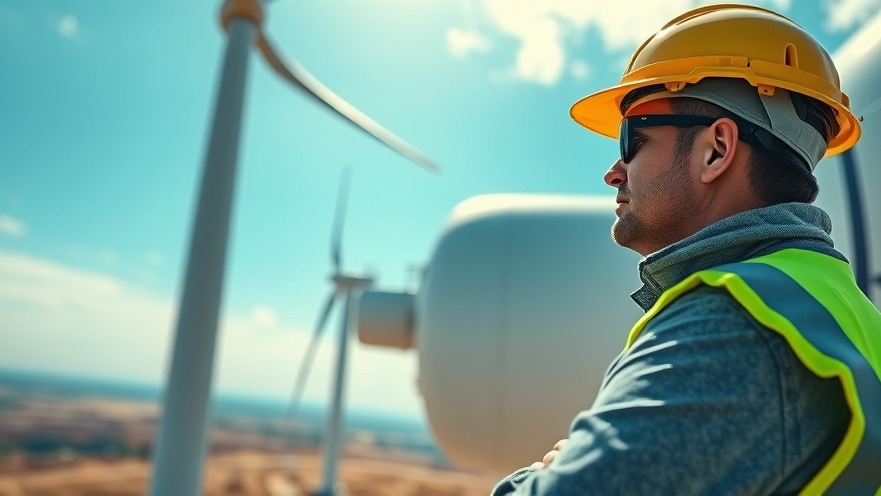
Understanding the Game-Changer: Structural Batteries
When we think of batteries, we usually envision them as separate components, tucked away inside our gadgets. But imagine if a battery could also serve as a wall or floor in our homes, or even a crucial part of our vehicles. That's the astounding potential of structural batteries, which combine energy storage with structural support into a single material. This innovation could revolutionize how we think about technology and construction, allowing for slimmer electronics and lighter vehicles.
In 'How Structural Batteries Just Got 10X Better', the discussion dives into the groundbreaking potential of structural batteries, exploring key insights that sparked deeper analysis on our end.
The Science Behind Structural Batteries
A perfect example of this technology comes from the Korea Advanced Institute of Science and Technology (KAIST). They have developed a thin, carbon fiber composite that is not only incredibly strong but also functions as a battery. This material is made by innovating with high-pressure molding processes and clever resin work, leading to profound enhancements in both structure and energy storage. Imagine being able to cut a laptop’s weight in half or slim down your smartphone to the thickness of a credit card—those are the possibilities structural batteries promise.
Why Should Homeowners Care?
Now you might be wondering, "What does this mean for me as a homeowner?" Structural batteries aren't just a futuristic concept; they could significantly impact how we build smart homes. For example, integrating these batteries into our home structures could lead to lighter and more energy-efficient homes. This means less strain on your electrical systems and potential energy savings, making your home more eco-friendly.
Navigating the Challenges Ahead
Of course, this technology comes with its own set of challenges. It’s not just about creating a strong battery; it has to withstand the physical stress of everyday life. Factors like temperature changes, vibrations, and even the unique conditions found in homes and vehicles add complexity. However, researchers are working tirelessly to address these hurdles, suggesting that solutions are on the horizon.
A Glimpse into the Future
The potential reality of structural batteries could change our lives dramatically. For instance, Tesla has already started integrating structural batteries into some of their models, hinting at a future where our homes and cars could be powered and reinforced by the same materials that shape them. With advancements like these, homeowners may soon benefit from lighter, more efficient, and safer living spaces.
Your Role in the Energy Transition
As we consider the incredible world of structural batteries, every homeowner can play a part in this energetic revolution. By realizing the benefits of integrating innovative materials into our living spaces, we can contribute to a collective push towards better technology. Don't underestimate your influence—support innovations in structural energy storage by making informed choices about the materials and technologies utilized in your home renovations or constructions.
This article highlights just a glimpse of the exciting developments in structural battery technology. While we are still in the early stages, being aware and supportive of these advancements can help pave the way for a sustainable future.
 Add Row
Add Row  Add Element
Add Element 


 Add Row
Add Row  Add
Add 


Write A Comment